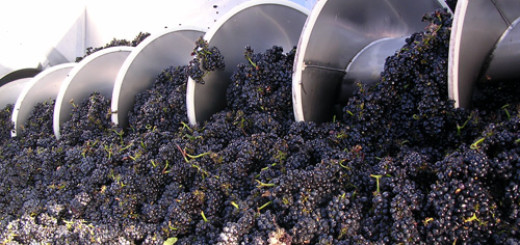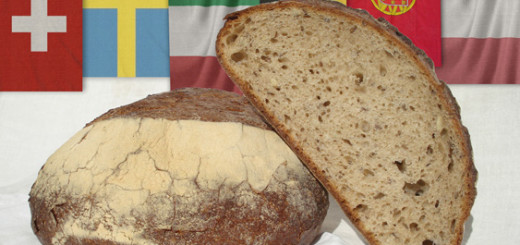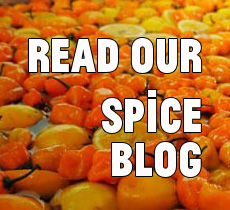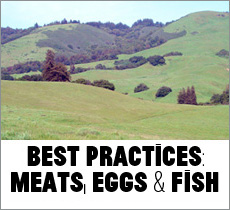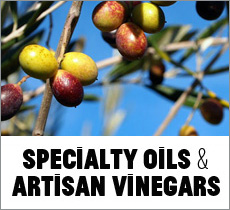On Vineyard Soils
Would you build a house without first having a plan and knowing the kinds of construction materials you would use? That is exactly what vineyard owners do when they plant rootstocks, choose grapevine scions, and implement a vineyard management system without thoroughly understanding the soils in which these plant materials will grow. Detailed soil maps created prior to vineyard establishment help the vineyard manager and winemaking team analyze the important soil chemical and physical properties in order to make wise decisions in the vineyard.
Viticulture Implications of Soil Formation
Soil, the medium in which plants grow, is a natural body on the surface of the earth. It is a mixture of rocks and minerals, organic matter, water, and air, all of which occur in varying proportions in the mix. The rocks and minerals are usually weathered and fragmented. Soils have distinctive layers, called horizons, which are the products of earth’s environmental forces acting upon materials that are deposited or weathered in place by geological and atmospheric processes.
The characteristics of a soil are determined by the interaction of the following elements:
- The chemical, physical and mineralogical composition of the parent material
- The climate in which the soil material has accumulated and has existed since accumulation
- The relief, or topography, which influences the local, or internal, environment of the soil, its drainage, moisture content, aeration, susceptibility to erosion, and exposure to sun and wind
- Biological forces that act upon the soil material, such as the plants and animals living on and in the soil
- The length of time the forces of development have acted on the soil material
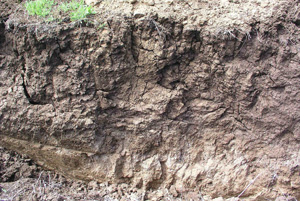
One soil type in Paso Robles: Cropley soil (Vertisol) at Halter Ranch Vineyard — High water-holding capacity, high montmorillonite clay content (>50% clay); pH 6.5 in topsoil and pH 7.5 in subsoil
The soil distribution and variability within a particular vineyard eventually lends complexity to the resulting wine. Because of the variability of the soils, a vineyard manager needs a map to these various soils to fully understand how a particular vineyard works. Soil survey reports produced by the United States Department of Agriculture (USDA) are widely available for much of the nation and provide general soil maps and soil descriptions for a region. However, for most intensive viticulture uses, these reports provide only general reconnaissance information, which must be supplemented by detailed soil maps and complete site-specific chemical and physical soil characterizations. Earth and soil scientists working with private vineyard management companies produce these detailed soil maps to help a vineyard start well once it’s planted.
Soil Mapping
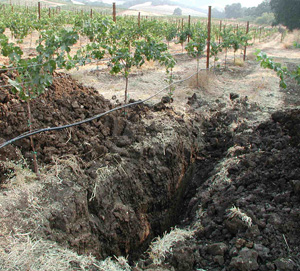
Cropley soils at Halter Ranch exposed by a soil pit
The first vineyard characterization task is to map the soil variability and soil distribution on the landscape. It has long been recognized that soils differ relative to variations in parent material, climate, landscape topography (relief), biosphere (plants and animals), and soil age. Soil variability on small vineyards may depend on differences in soil parent materials or landform changes in slope steepness and aspect. Until recently, soil mapping has been accomplished solely with the use of stereo aerial photographic base maps and topographic quadrangles. Relatively new remote sensing methods such as high-resolution aerial orthophotography, infrared aerial photography, and satellite imagery enable the soil mapper to detect relative soil water contents and other surface properties indicating soil variations. However, knowing soil properties to the depth of the root zone is important because it is the entire soil-root environment that ultimately determines the quality and management requirements for a given plant. A team creating the maps will excavate soil pits to determine soil variations with depth and to sample the soils for geochemical analyses.
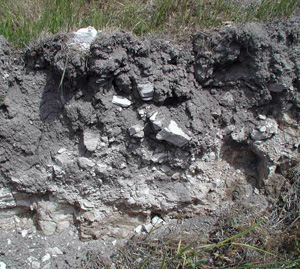
Another Paso Robles soil type: Linne soil (Mollisol) at L’Aventure Winery/ Stephan Vineyard — Low water-holding capacity, high calcareous shale content; pH 7.5 in topsoil and pH 8.2 in subsoil
When describing soil textures within a vineyard, it is important to not only identify the soil textural classes but also the soil parent material rock types and the amounts of rock fragments within the soil profiles. Related soil properties like saturation percentage should also be determined to aid in irrigation system design.
Soil texture information should also be supplemented with data regarding soil organic matter content and soil chemical properties, such as pH and plant essential nutrient concentrations. Soil organic matter and humus contents (i.e., highly decomposed organic matter) will modify the general effects of soil mineral texture by causing soil structure formation, increasing soil water holding capacity and increasing cation exchange capacity (CEC). The interrelationships among all these soil properties should be considered when making vineyard management decisions.
Dr. Tom Rice is a soil scientist and professor at Cal Poly State University, San Luis Obispo
photos: Dr. Rice
_______________________________________________________________
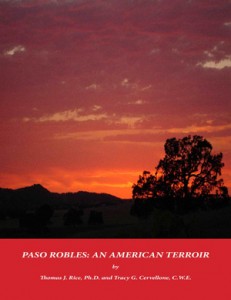
In 2007, Dr. Tom Rice produced with Tracy G. Cervellone a definitive study of the Paso Robles AVA from the perspective of vineyard soils and significant climatic factors influenced by geology. Paso Robles: An American Terroir begins with a cataloguing of the soils in evidence throughout this AVA as well as a quick recounting of the wrinkles in geological time that track the emergence of the parent material resulting in the soils that now host so many vineyards in this dynamic region. Following an introduction to terra of Paso Robles as a whole, Dr. Rice and Cervellone narrow their focus to the various districts demarcated within the AVA. By surveying the types of wines produced by vineyards and wineries in each district, the authors make the connection clear between the wines produced from a particular plot of land and the soils beneath the vines with the cycles of weather in a vine’s environment.
Like modern-day Cistercian monks, who were some of the first viticulturalists to record their observation of everything related to the experience of a grape vine and how each factor might influence the resulting wine, the authors of Paso Robles: An American Terroir present their evidence for how Paso wines came to be, at least as far as soils and climatic factors. Soils certainly do not determine everything about a particular wine: terroir contains the idea of everything in the grape’s environment, such as the smoke from an August wildfire that permeated Central Coast vineyards while the vines were heavy with fruit. However, soils certainly exert an influence on the life and health of the vine, which links to the quality of the harvested fruit and, in the end, of the finished wine.
This article first appeared on colorandaroma.com

